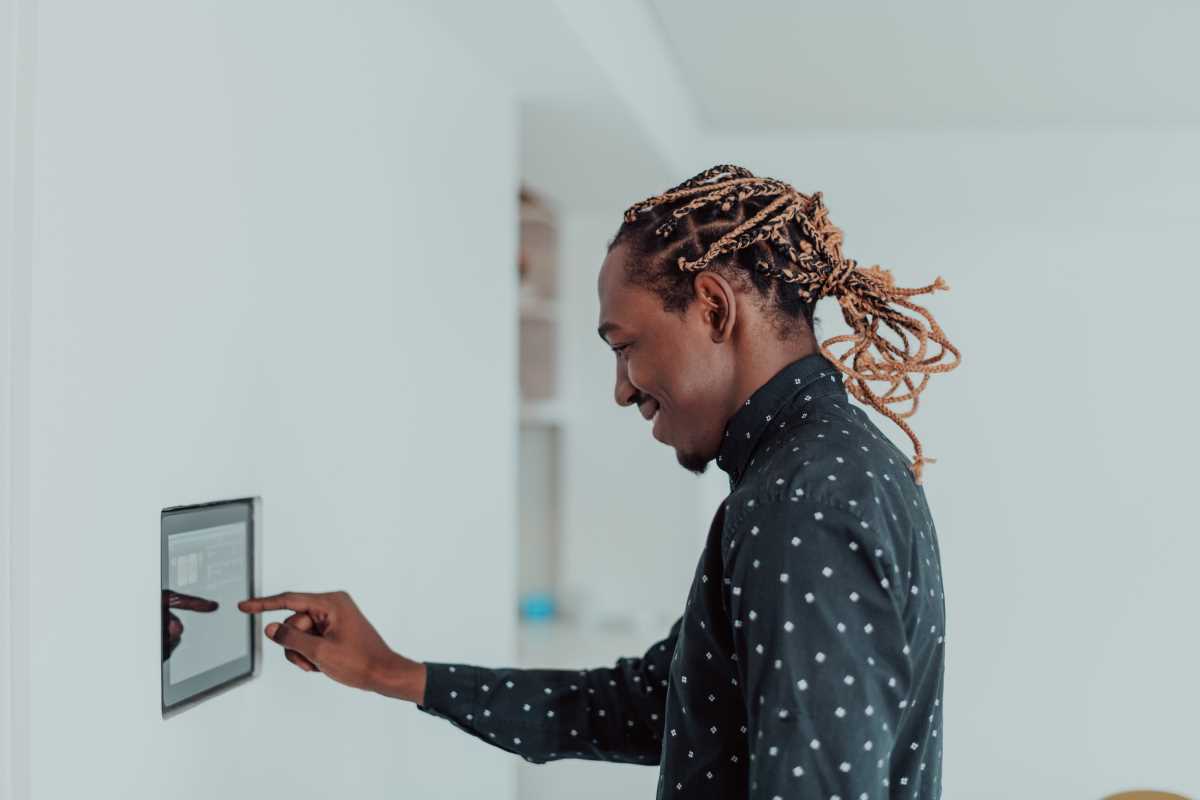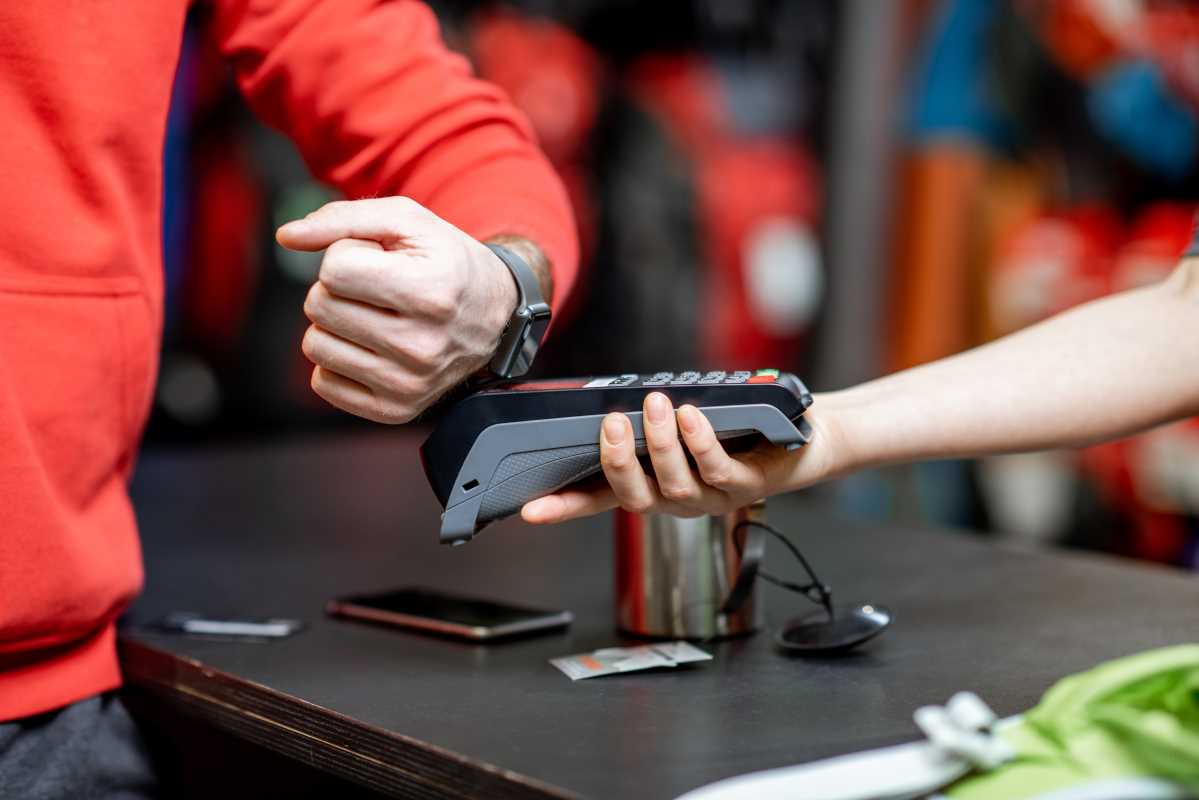Imagine walking into your home, and the lights adjust to your mood, your coffee starts brewing before you even reach the kitchen, and your thermostat keeps your house at the perfect temperature—even when you're not there. Home automation can make your life easier, more comfortable, and even more energy-efficient. It may sound like something complicated or expensive, but the good news is you don’t have to spend a fortune to get started. With today’s technology, creating a “smart home” on a budget is entirely possible.
This beginner’s guide will help you understand what home automation is, how it works, and the steps you can take to begin your smart home transformation without breaking the bank.
What Is Home Automation?
Home automation is the use of technology to control and manage your home’s devices and systems remotely or automatically. It’s all about making your home more efficient, convenient, and personalized to your needs. Think of it as having a “brain” that connects various parts of your home, such as your lights, appliances, security system, and even your thermostat.
How It Works
Home automation typically works through smart devices that connect to your Wi-Fi network. These devices can be controlled through a smartphone app, voice assistant, or even automatically using preset schedules or routines. For example, you can set your lights to turn off automatically when you leave the house or program your thermostat to lower the temperature at night.
While advanced systems may require professional installation, many affordable smart devices are designed for easy, DIY setup. This means you can get started with minimal technical knowledge and no extra labor costs.
Why Start with Budget-Friendly Automation?
Starting small has its benefits, especially if you’re new to home automation. Investing in budget-friendly devices allows you to experiment with different products and learn what works best for you. It’s also a way to avoid overspending on features you might not actually need. The goal is to focus on affordable options without compromising on quality or functionality.
Some advantages of starting on a budget include:
- Minimal upfront cost
- Flexibility to expand as you learn more
- Greater control over which features you prioritize
Now, let’s look at some affordable ways to bring automation into your home.
Step 1: Choose a Smart Home Ecosystem
Before purchasing any devices, it’s important to decide on a smart home ecosystem. This serves as the central platform for controlling all your connected gadgets. The most popular ecosystems include Amazon Alexa, Google Home, and Apple HomeKit. Each has its strengths, and your choice may depend on the devices you already own.
Amazon Alexa
Known for its affordability and wide range of compatible devices, Alexa is a great choice for budget setups. Many smart speakers and devices work seamlessly with Alexa, making it a flexible starting point.
Google Home
If you’re already invested in Google products, such as Android phones or Google Nest devices, the Google Home ecosystem might be your best bet. It’s user-friendly and integrates well with Google services like Google Calendar and Google Maps.
Apple HomeKit
Apple’s ecosystem is ideal for those who prioritize privacy and already own Apple devices like iPhones or iPads. While HomeKit-compatible devices can be more expensive, they often come with robust security features.
Once you’ve chosen an ecosystem, you’ll want to pick up a central device like a smart speaker (Amazon Echo, Google Nest, or Apple HomePod) to act as the “hub” of your smart home.
Step 2: Start with Simple Smart Bulbs
One of the easiest and most affordable ways to begin home automation is by upgrading your lighting. Smart bulbs can be controlled through your phone or voice commands, allowing you to turn lights on and off, dim them, or even change their color.
Budget-Friendly Options
- Wyze Bulbs are an excellent choice for beginners, offering impressive features like scheduling and dimming at an affordable price.
- Philips Hue starter kits provide a wide range of lighting options, though they’re slightly more expensive. Look for discounts or refurbished kits to save money.
Smart bulbs don’t require complicated installations; most of them screw in like regular light bulbs. All you need is a Wi-Fi connection, and you’re good to go.
Step 3: Invest in a Smart Plug
Smart plugs are another budget-friendly option that allows you to control almost any appliance remotely. With a smart plug, you can turn devices like coffee makers, fans, or even your TV on and off through an app or voice assistant. It’s a simple way to automate everyday tasks without buying entirely new appliances.
Affordable Smart Plugs to Consider
- TP-Link’s Kasa Smart Plugs are reliable, widely compatible, and often priced below $20.
- Amazon Smart Plug works seamlessly with Alexa and is beginner-friendly.
By combining smart plugs with your ecosystem’s app, you can create routines like turning off all appliances before bedtime with a single command.
Step 4: Upgrade Your Thermostat
Smart thermostats might have a slightly higher upfront cost, but they can save you money in the long run by optimizing your energy usage. These gadgets learn your habits and adjust your home’s temperature to keep you comfortable while reducing unnecessary energy consumption.
Budget-Friendly Thermostats
- Google Nest Thermostat is a popular option for those in the Google ecosystem. It’s user-friendly and loaded with energy-saving features.
- Wyze Thermostat offers great value for money, with a simple interface and solid performance.
Keep in mind that some smart thermostats require wiring knowledge for installation. If you’re unsure, check if the manufacturer offers tutorials or professional installation services.
Step 5: Enhance Security with Affordable Solutions
Smart security systems don’t have to cost thousands of dollars. Entry-level options like Wi-Fi cameras, doorbell cameras, and smart locks give you peace of mind without draining your wallet.
Affordable Security Devices
- Wyze Cam v3 is a budget-friendly camera with excellent features like night vision and two-way audio.
- Ring Video Doorbell offers reliable performance for monitoring your front door, and it integrates well with Alexa.
With these devices, you can receive instant alerts on your phone when there’s activity around your home, even when you’re away.
Step 6: Add Finishing Touches
Once you’ve set up the essentials, consider smaller upgrades to make your home feel even smarter.
Smart Sensors
Motion or door sensors can trigger actions like turning on lights when you enter a room. Aqara sensors are budget-friendly and compatible with multiple ecosystems.
Voice Commands
Voice assistants like Alexa or Google Assistant can make daily routines even easier. For instance, you can create custom commands like “Goodnight” to turn off lights, adjust the thermostat, and lock doors all at once.
 (Image via
(Image via





